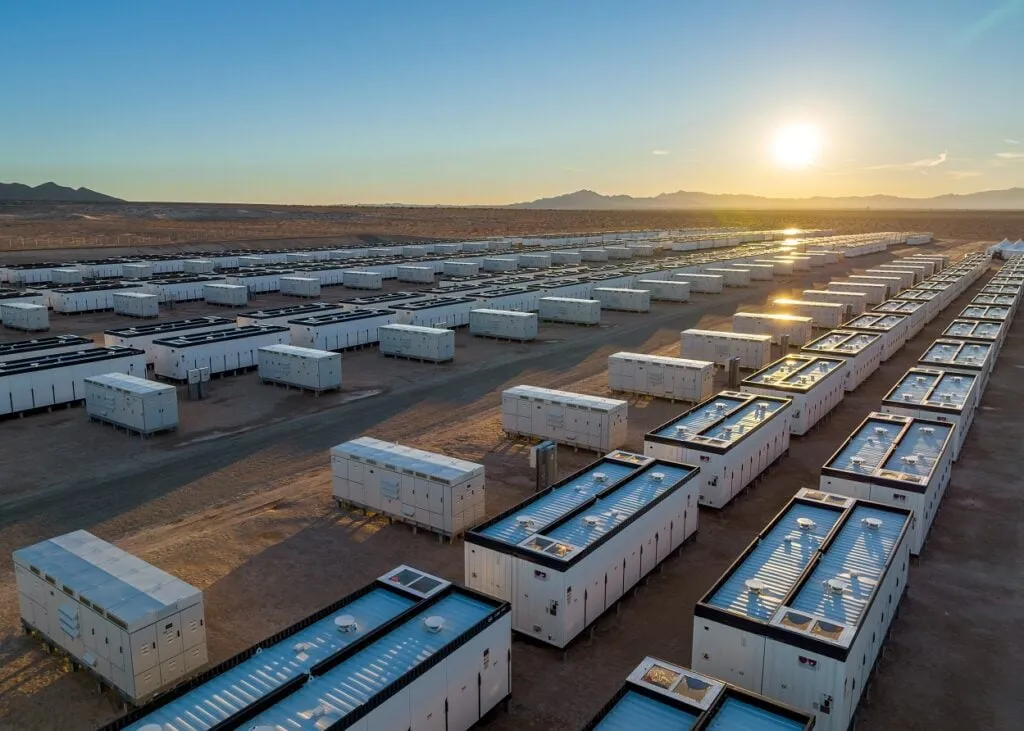Researchers at the University of California, Berkeley, led by Raheel Ali, have published a novel approach to battery design that draws inspiration from nature to address the pressing needs of electric vehicles and renewable energy systems. The team’s work, titled “Toward a Robust Biomimetic Hybrid Battery: Bridging Biology, Electrochemistry and Data-Driven Control,” presents a hybrid battery concept called SwiftPulse, which aims to deliver rapid charging, long lifespan, and high energy density.
The SwiftPulse battery combines two types of cells: sodium-ion cells, which provide energy, and niobium-oxide cells, which accept high-power pulses. The design is inspired by electric fish that deliver bursts of current and birds that sleep with half their brains. The researchers propose a pulse-based charger and a battery-management strategy that rotates clusters of cells into rest, allowing them to recover and slow down degradation. This approach is akin to how some animals use intermittent activity to conserve energy and extend their lifespan.
The team derived simple models to demonstrate that a battery pack composed mostly of sodium-ion modules, with a smaller fraction of niobium-oxide modules, could achieve an energy density exceeding 175 Wh per kg. They also showed that the battery could endure more than ten thousand charge-discharge cycles and recharge to eighty percent in less than ten minutes. Simulations suggest that pulsed charging reduces ion buildup at the surface, further slowing degradation.
The relevance of this research to the energy sector is significant. Current battery chemistries struggle to deliver the combination of rapid charging, long lifespan, and high energy density required for electric vehicles and renewable energy systems. The SwiftPulse concept offers a promising alternative that could accelerate the adoption of electric vehicles and improve the efficiency of renewable energy storage.
The researchers outline a roadmap for cell-level and module-level experiments and suggest integrating machine learning to adapt pulse parameters and rest scheduling. By blending ideas from biology, electrochemistry, and data-driven control, this work points toward batteries that are safer, faster to charge, and longer-lasting, ultimately contributing to a more sustainable energy future.
This article is based on research available at [arXiv](http://arxiv.org/abs/2509.23837v1).

